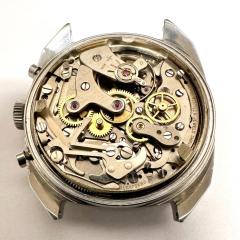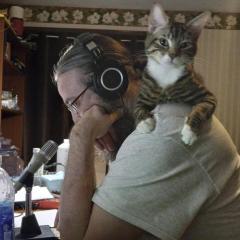7750 chronograph service
-
Recently Browsing
- No registered users viewing this page.
-
Topics
-
Posts
-
Yeah I know the site and the creator of it. the two video clips are good examples of the quicker method and a full tear down. the quick method will work in many cases. But not always and not for all the different movements. I strongly suggest to not bend the four tabs as was done in the first clip. Instead there are three tabs that insert into the top plate, Much saver way as to not break a tab.
-
I found a motor that is 3/4 hp and another that is 1.2hp. They come with speed controller. So I don’t think I would need a wiring diagram. But I sure appreciate you offering your help! Do you think 1.2 hp would be too much for a watchmaker’s lathe?
-
At the moment I have neither EDTA solution nor Evaporust, so I tried with a citric acid solution. This gave satisfying results for most of the parts, except for the ones that are really heavily corroded. I will see whether I can acquire one EDTA or Evaporust and try that next.
-
This guy (Minimachining) has a playlist of him setting up and using various attachments on his Sherline lathe. I know nothing about CNC machines but had a question about making screws. Watchguy.uk has a section on his website where it allows you to enter parameters for screws and wheels and then 'generate code'. Is it as simple as that sounds, can you 'tell' the CNC machine to cut you a screw (or stem) by giving it the code for a particular screw or stem and it happily makes one for you?
-
Thank you all for the advice, but as the prospect of salvage was slim,I sourced another complete donor balance and all is well.
-






Recommended Posts
Join the conversation
You can post now and register later. If you have an account, sign in now to post with your account.
Note: Your post will require moderator approval before it will be visible.